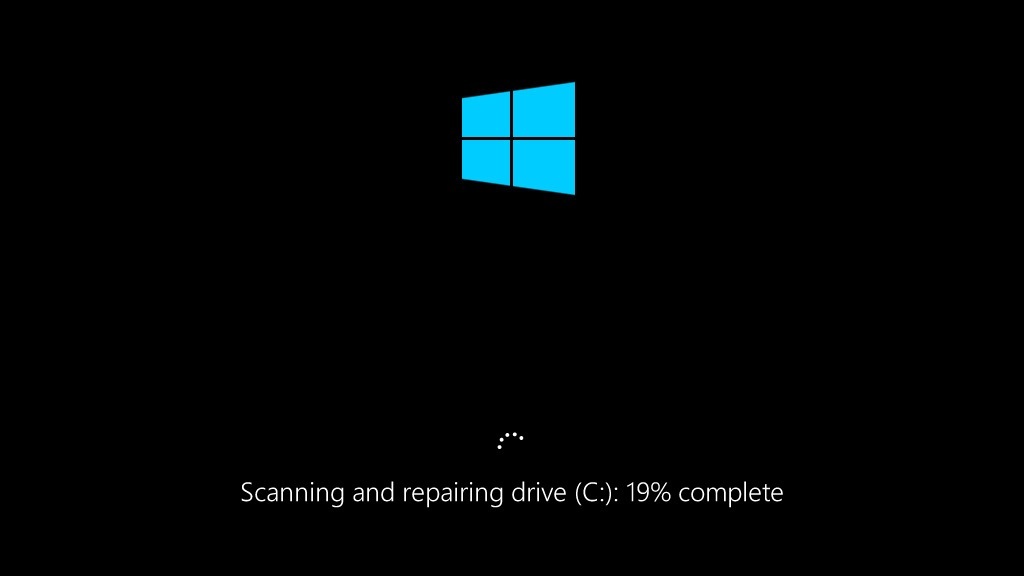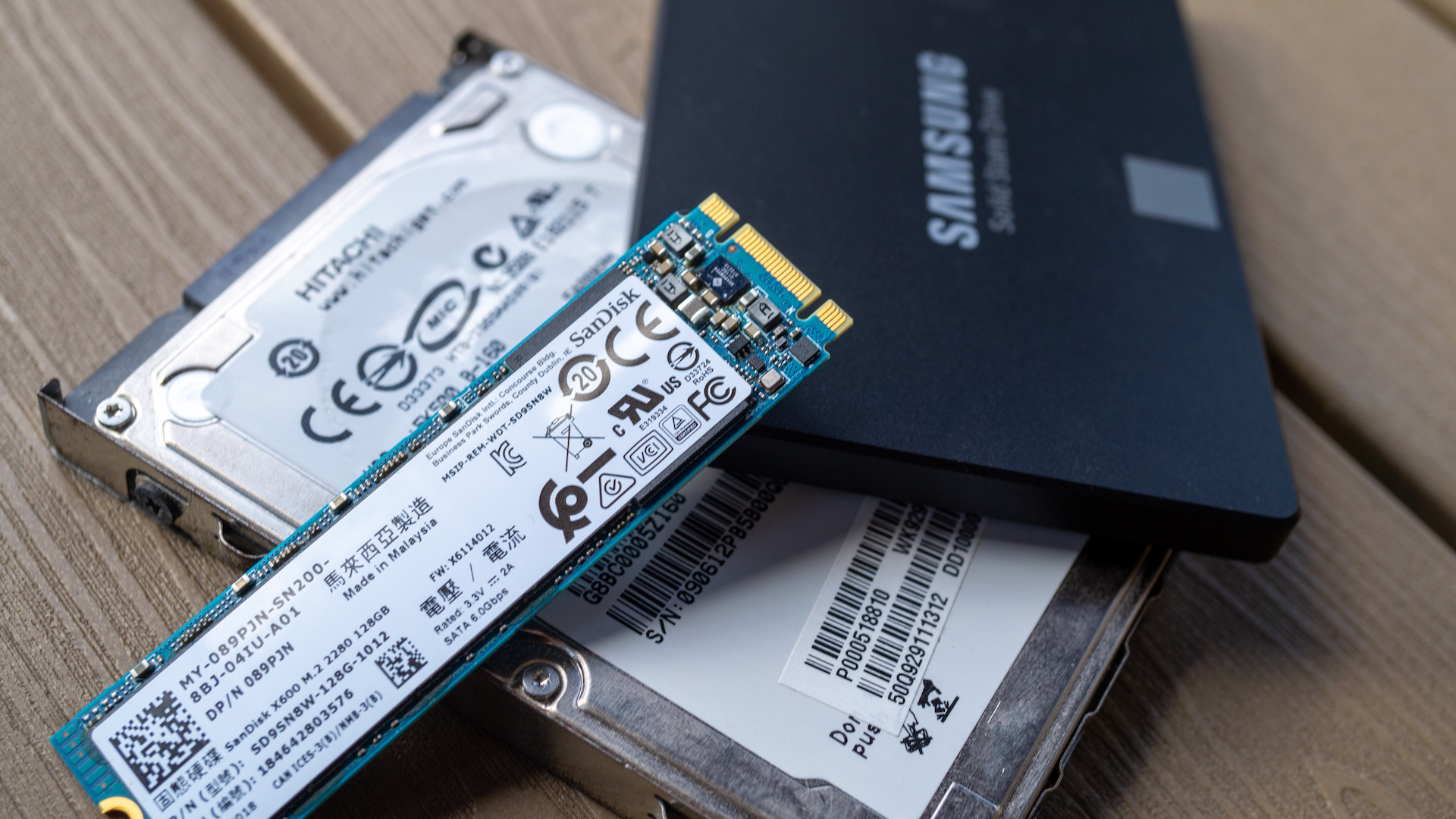I'm a newbie so I won't give you a highly technical answer. One thing I want to point out is that if your drive really is broken, a temporary replacement won't have to break the bank. You can get a 128gb SSD for as little as $18.99 with Free s/h (link below). You can then use the SSD as your primary boot drive, while retaining your old 1TB drive as an external drive to access data.
Based on your question, you merely says that it won't boot up. You did not say whether there was data loss so you should be able to access vital data. Of course, if the drive is dying, you should access it as little as possible. Indeed the first thing is do is 1) copy over any vital files over to your new SSD or external media, e.g. a thumb drive, SD card or DVD/Blu-Ray. External media is slower but preferable so that you don't transport infected files onto your new SSD. If you don't have external media, create a bunch of Dropbox, Microsoft Onedrive and Google accounts so that you can upload your files there.
2) After you've backed up your most vital files, then try to diagnose and disinfect the 1TB drive by running scans, etc. You need to do #1 first because scanning is itself a drive-intensive process so if your drive is dying, a scan might kill it.
3) Also look at your hard drive's SMART status to see if it's failing. In fact, you should probably do this before any scans (#2).
Hard drives and SSDs use S.M.A.R.T. (Self-Monitoring, Analysis, and Reporting Technology) to gauge their own reliability and determine if they’re failing. You can view your hard drive’s S.M.A.R.T. data and see if it has started to develop problems.

www.howtogeek.com
If everything looks okay and you decide that the drive is still usable, then you have two options. If you think that the drive was able to be disinfected completely, then simply use the drive as an external drive, with all the data intact. You'll probably want to delete the old copy of Windows off that drive since it was damaged. This is the easiest option since it involves minimal data loss.
But if you want to totally sure, reformat the drive completely, even the boot sectors (which a regular format may not touch). Again, if you choose to reformat, make sure to back up any files you want to keep (in addition to the vital files you had already backed up above).
If you trust the 1TB drive after all this diagnosing and fixing, you can even use it again as your primary drive by reinstalling Windows on it.
Total cost of this project: $18.99 for the SSD and about $20.99 for the external hard drive enclosure. You can find cheaper enclosures, even used ones, on eBay but I would not go any lower on an SSD, and definitely not get a used one.
BH Photo is a reputable vendor and Patriot is a reputable brand
https://www.bhphotovideo.com/c/product/1594520-REG/patriot_p210s128g25_p210_128gb_sata3_2_5.html
Amazon is a reputable vendor and the reviews for this model are excellent (4.5/5 from 1400+ users). Don't forget to use the 5% coupon. Or you can spend even less by choosing the Like New one for $17. This model allows you to install both 3.5" desktop drives and 2.5" laptop drives. But if you buy another model, make sure it's for your drive size and that it uses USB 3.0 (assuming your computer has USB 3.0). Many older USB 2.0 enclosures are available at VERY cheap prices but the speeds are very slow (about 1/40th of USB 3.0). But if you're on a very tight budget, USB 2.0 is usable if you're just accessing files one at a time, e.g. for word processing, photo viewing, etc.
Of note, the Amazon Q&A for this model has a comment about using it to recover from a crashed drive. It might be applicable to you.
https://www.amazon.com/RSHTECH-Enclosure-External-Docking-Station/dp/B076HNWDMX
I personally like drive docks like this one, which can hold two drives, whether they be 3.5" or 2.5", physical hard drives or SSD. The drives are plug and play. You can insert or remove drives like cartridges. Search online for the best price.
https://www.ebay.com/itm/383621684764




